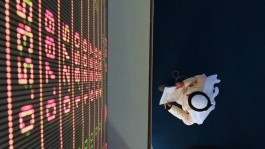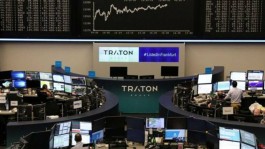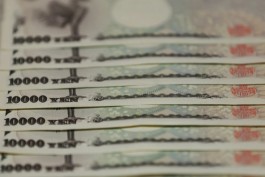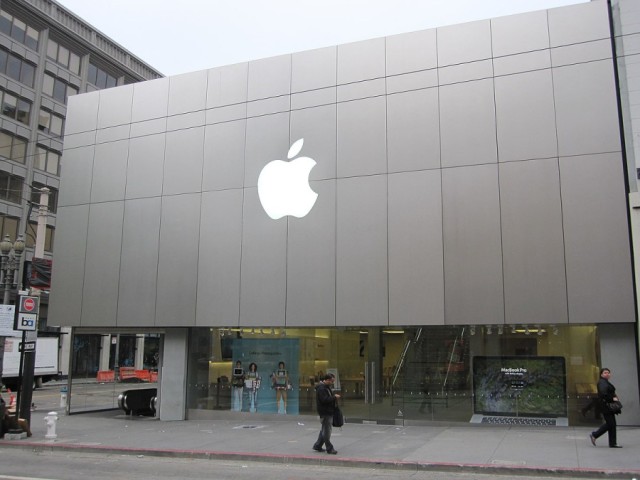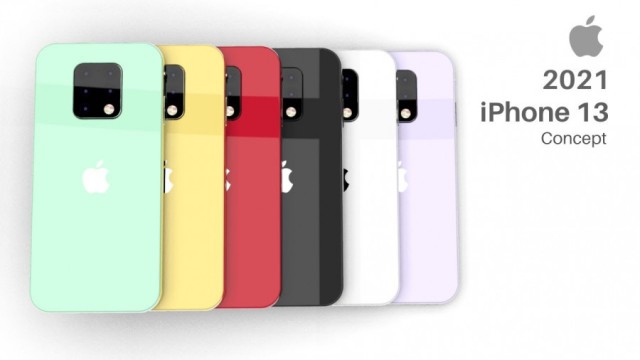The iPhone 14 is the most expensive ever in the history of the American company Apple; Its production cost has increased by about 20% over the previous model.
According to Arabiya Net, Nikkei stated that the iPhone 14 still reflects Apple's strategy of introducing high-performance devices such as 4nm chips and new camera components.
While the company has not raised prices for its latest model in the United States and some other markets, high production costs mean that the company's profit margin is likely to have shrunk.
Analyst Minataki Kashio of Fomalhaut Techno Solutions, a Tokyo-based research firm, said: Apple clearly has no other choice but to resort to a strategy of manufacturing high-performance devices to differentiate itself because it can't compete for new jobs.
Fomalhaut estimates that the production cost of the iPhone 14 Pro Max, by assembling the parts, costs $ 501, more than $ 60 more than the production of the iPhone 13 Pro Max that went on sale last year.
While parts for high-end Max models have ranged between $400 and $450 since they debuted in 2018, the latest model represents a steep rise in production costs of more than $60. So the iPhone 14 Pro Max cost is the highest in terms of total and margin of increase since 2018.
Apple raised prices for the iPhone 14 series in Japan, citing a weak yen.
However, in the US, the iPhone 14 Pro Max with the smallest storage capacity sells for $1,099, unchanged from the corresponding 2018 version (XS Max), as the company appears to have decided to take on the additional production costs rather than pass them on to consumers.
The high production cost is mainly due to the A16 Bionic chips used in the iPhone 14 Pro and Pro Max models. The new Bionic chip costs $110, which is 2.4 times more than the A15 version used in the iPhone 13 Pro Max, which was released last year.
Taiwan Semiconductor Manufacturing Corporation (TSMC) and South Korea's Samsung Electronics are the only two companies that can mass-produce 4nm chips.
iPhone 14 also features new camera components including Sony's range of CMOS image sensors.
The sensors are up to 30% larger than those on previous models and priced about 50% higher at $15.
Even Sony's smaller image sensors are designed to perform well in low-light conditions with relatively little image noise, reducing the need for post-imaging software technology to produce high-quality photos and videos.
The iPhone 14, like previous models, also has a screen from its competitor Samsung.
The iPhone 14 also includes Apple's own power management chips after the company acquired part of Dialog Semiconductor in the UK in 2018.
iPhone 14 components come primarily from US suppliers, which account for 32.4 percent of parts costs - about 10 percentage points higher than the 2021 model.
South Korea, the number one supplier last year, witnessed a decrease in its share of more than 5 points to 24.8%, as the increase in the share of components made in Apple contributed to the increase in the proportion of purchases from the United States.
Despite this, most iPhones were assembled by Apple in China, but they are now diversifying to other places like India and Southeast Asia on the back of US-China trade tensions.
The review of supply chains for electronic components and other components by Apple may change purchasing strategies in the future.















